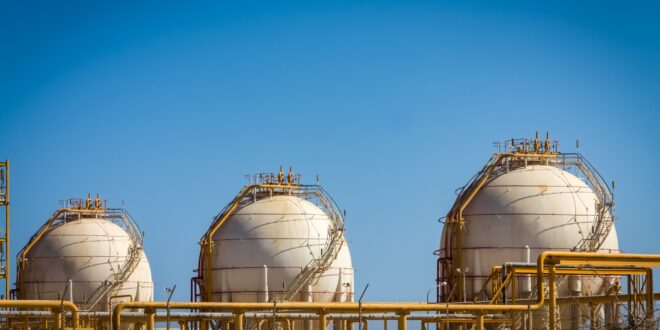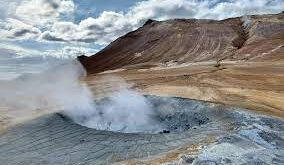India has initiated exploratory talks with Iraq to assess the possibility of building facilities to liquefy natural gas that is flared at the West Asian country’s oil and gas facilities, and transporting it as liquefied natural gas (LNG) to India, a senior government official said.
The proposal came up during last month’s India-Iraq Joint Commission Meeting in Delhi. India already has strong ties with Iraq, particularly in energy trade with Baghdad being a top source of Delhi’s crude oil imports.
Put simply, gas flaring refers to burning of unwanted and unutilised associated natural gas that is produced during oil production and other processes in the oil industry. A major oil and gas producer, Iraq is one of the biggest gas flaring countries as it lacks facilities to capture and process the gas to convert it into fuels or export it as LNG.
“Iraq flares a lot of natural gas and we are a large importer of gas. So, we are exploring if our companies can set up plants in Iraq to liquefy that gas into LNG,” said the official, who did not wish to be identified. As per estimates by global agencies, Iraq flares around 50 million standard cubic metres per day (mscmd) of natural gas. In 2022-23, India’s LNG imports stood at 19.9 million tonnes, which is equivalent to 71.6 mscmd of natural gas.
Over the past couple of years, Iraq has committed in international fora that it will make efforts to reduce gas flaring at its facilities, given that flaring leads to high intensity pollution and waste or precious natural resources. Meanwhile, Indian gas companies, particularly GAIL (India) Ltd and Petronet LNG Ltd have been scouting for opportunities to set up or invest in gas liquefaction plants in other countries.
The official quoted above, however, did not name the Indian companies that may be looking at building liquefaction facilities in Iraq. The estimated timelines are also not clear, considering various impediments, particularly the security situation in Iraq.
India depends on imports to meet about half of its natural gas requirement. India, like many other countries, views natural gas as a key transition fuel as it makes efforts to accelerate its move to green energy. The Narendra Modi government has set an objective to increase the share of natural gas in India’s primary energy mix to 15 per cent by 2030 from a little over 6 per cent at present. This means that India’s natural gas demand is likely to grow considerably over the next few years, which in turn means that imports will also increase substantially.
Indian oil and gas companies, therefore, have been looking at inking more long-term deals for LNG, while also exploring opportunities to participate in overseas gas liquefaction and LNG export projects. This assumes significance in the backdrop of volatility in global gas and LNG prices following the post-pandemic recovery in demand. The situation was further aggravated by the war in Ukraine, which led to massive ramifications for global energy markets.
As per a September 2022 report by Paris-based International Energy Agency (IEA), 143 billion cubic metres (bcm) of natural gas was flared globally in 2021, which is roughly equivalent to the total volume of natural gas imported into Germany, France, and the Netherlands. “This resulted in the direct release of 270 mt (million tonnes) of CO2 (carbon dioxide) and nearly 8 mt of methane (240 mt CO2-equivalent) into the atmosphere, plus black soot and other greenhouse gases,” the IEA reports said.
“Five countries (Russia, Iraq, Iran, the United States, and Algeria) accounted for more than half of all volumes flared globally in 2021. With natural gas prices at historic highs, gas flaring is an extraordinary waste of economic value (as much as $55 billion per year at a price of $10 per MBtu) alongside its negative impacts on climate change and human health. Reducing flaring and bringing this gas to market could offer relief to very tight gas markets and, in many cases, could do so faster than investing in new supply,” the IEA added.

 Iran Energy News Oil, Gas, Petrochemical and Energy Field Specialized Channel
Iran Energy News Oil, Gas, Petrochemical and Energy Field Specialized Channel



